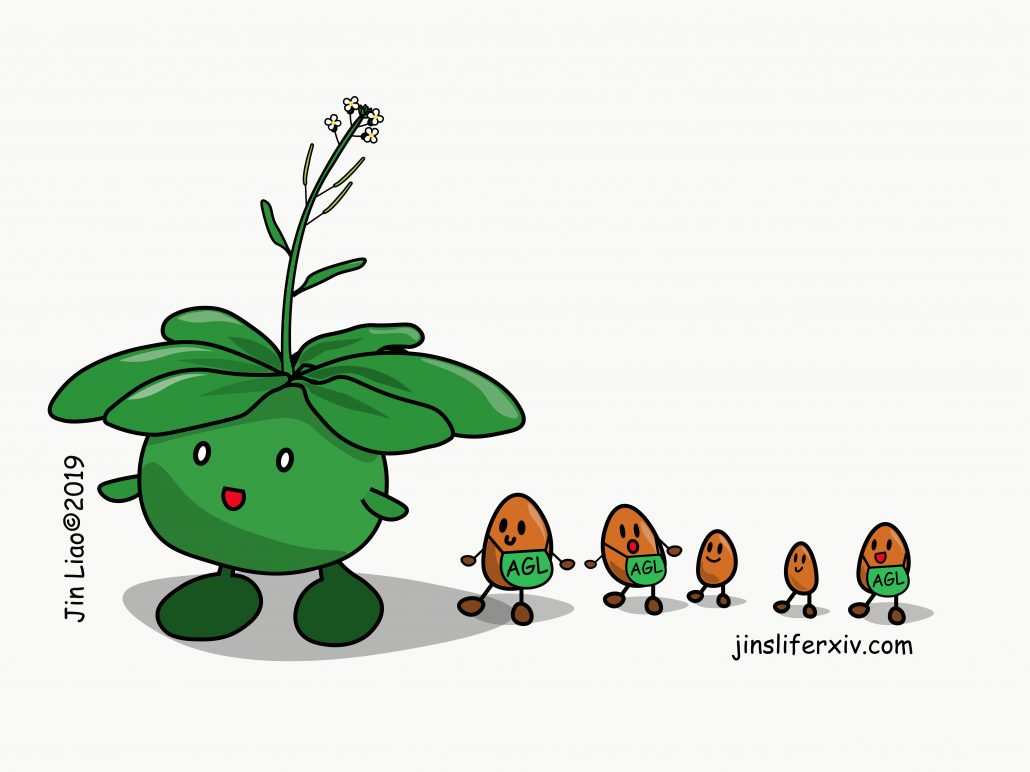
Seed size is regulated by siRNAs from Arabidopsis maternal tissue in a spatial-temporal manner ($)(PNAS)
Plant Science Research WeeklyStudying seed development is important for understanding plant evolution and engineering food production. Previous discoveries have shown that maternal small interfering RNAs (siRNAs), which induce RNA-directed DNA methylation (RdDM) through NRPD1-mediated pathway, regulate seed development in Arabidopsis.…
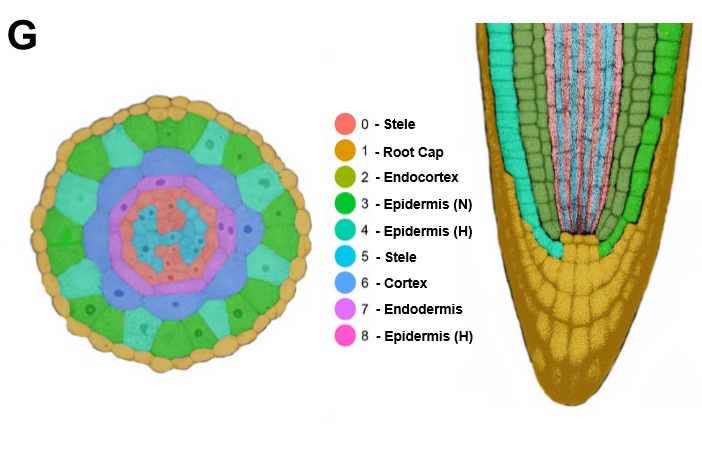
Single-cell RNA sequencing resolves molecular relationships among individual plant cells (Plant Physiol)
Plant Science Research WeeklySingle cell RNA sequencing (scRNA-seq) has transformed our understanding of gene expression within and amongst individual cells. These techniques have been applied extensively to animal cell populations to discover the development of specific cell lines and identify rare cell types but are not commonly…
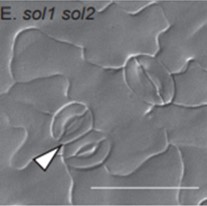
SOL1 and SOL2 regulate fate transition and cell division in stomatal lineage ($) (Development)
Plant Science Research WeeklyStomata and pavement cell development in the leaves occur through programmed asymmetric cell division. In this paper the authors demonstrated the role of two CHC domain proteins, SOL1 and SOL2 that were identified previously by the same group to be downstream targets of a bHLH transcriptional factor…
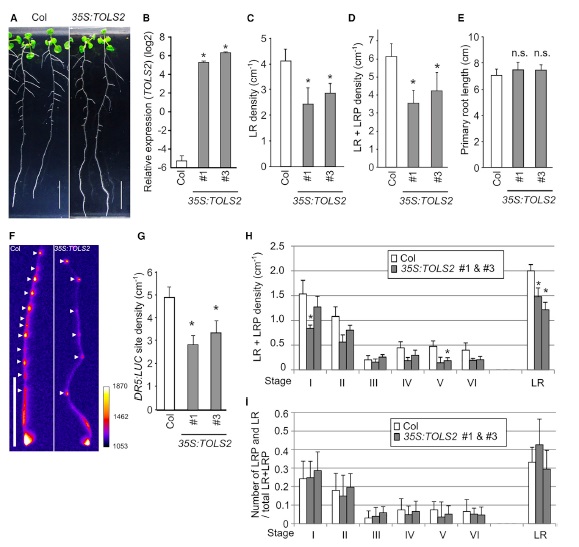
Lateral inhibition by a peptide hormone-receptor cascade during Arabidopsis lateral root founder cell formation (Devel. Cell)
Plant Science Research Weekly
The plant hormone auxin acts as a general coordinator of growth and development, transferring information over both long and short ranges. Among other roles, it promotes the formation of the founder cells in roots and it triggers the position of the lateral roots (LR). LR founder cells are determined…
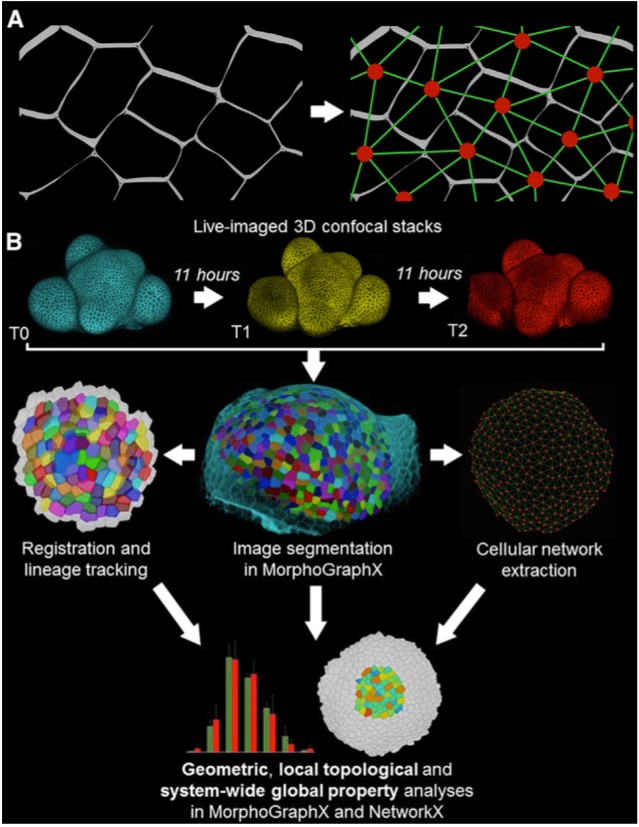
Global topological order emerges through local mechanical control of cell divisions in the Arabidopsis shoot apical meristem (Cell Systems)
Plant Science Research WeeklyIn plants, the final shape of organs depends on how and when the cells divide. To get some insights about the rules governing this process, Jackson et al. applied network science to study the cell organization dynamics in the shoot apical meristem (SAM). They studied the L1, L2 and L3 cell layers in…
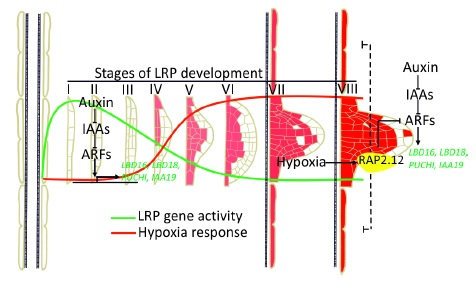
Endogenous control of root system architecture through hypoxic conditions (Mol Plant)($)
Plant Science Research WeeklyThe three-dimensional structure of plant roots, often referred to as the root system architecture (RSA), is important for soil exploration and nutrient acquisition. The regulation of the RSA is important to prevent overuse of resources and to ensure efficient function. A recent study from Shukla et al.…
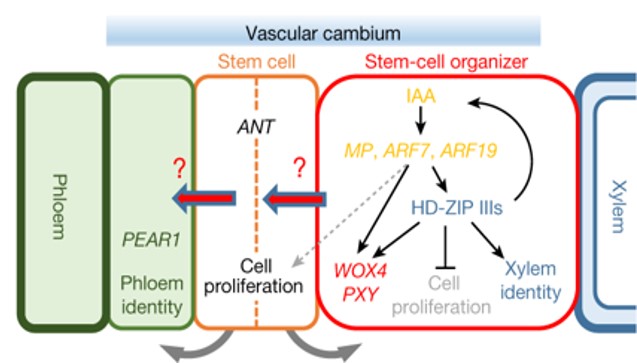
Origin and function of the root vascular cambium ($) (Nature)
Plant Science Research WeeklyThe vascular cambium is a meristematic tissue that is responsible for lateral growth and the continued production of new xylem and phloem; in woody plants, the shoot vascular cambium makes wood. A new pair of papers investigates how the Arabidopsis root vascular cambium forms and how it functions. Through…
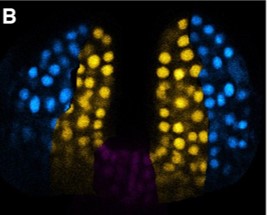
Quantitative analysis of auxin sensing in leaf primordia argues against proposed role in regulating leaf dorsoventrality (eLIFE)
Plant Science Research WeeklyThis is an interesting paper that touches on several topics. Bhatia et al. address the question of how polarity in leaves is first established: essentially, which comes first, polarity in auxin concentration or polarity in gene expression? The authors conclude that in the earliest leaf primordia, there…
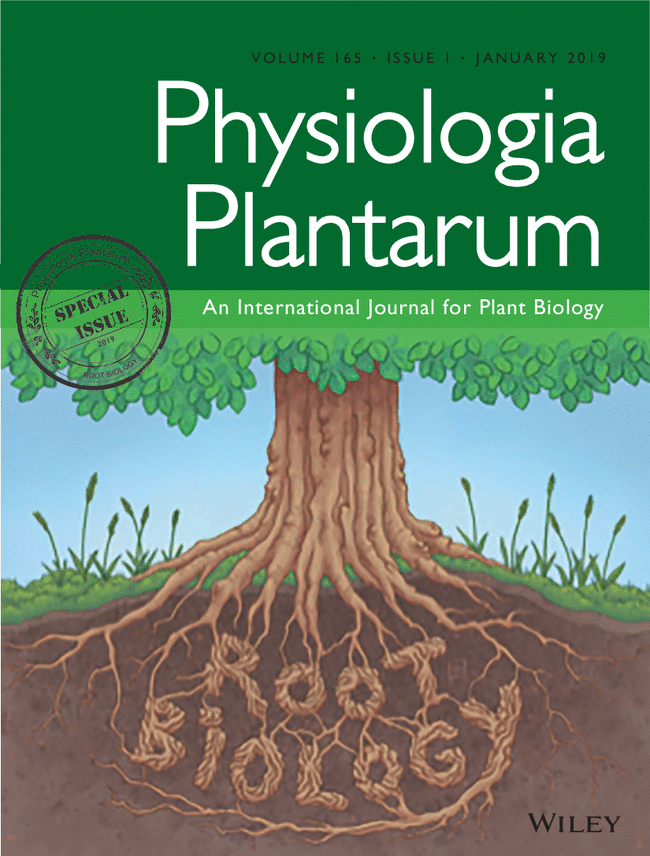
Special Issue: Root Biology (Physiologia Plantarum)
Plant Science Research WeeklyThe year 2019 kicks off with a special issue on root biology, with all articles free to access for six months. Topics include interactions of roots with parasites and symbionts, root branching, transport in the root system, and roots of woody species. (Summary by Mary Williams) Physiologia Plantarum…

